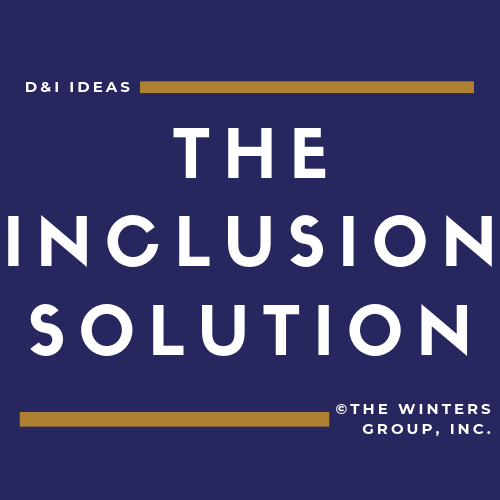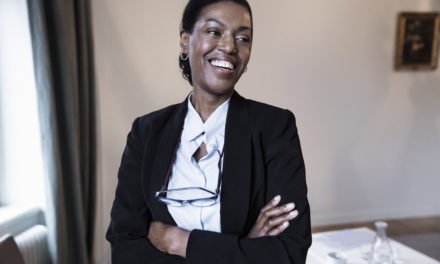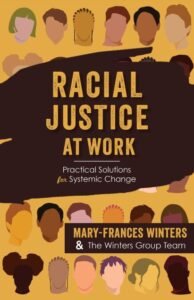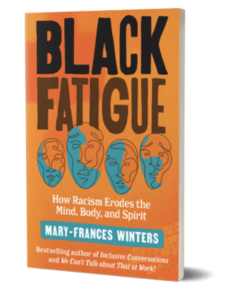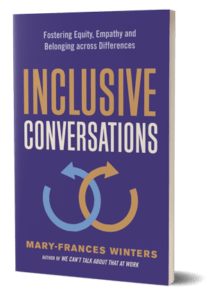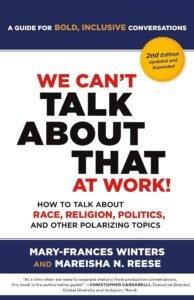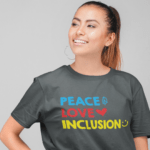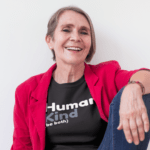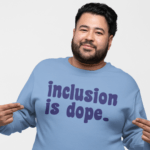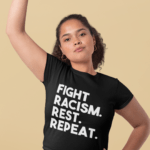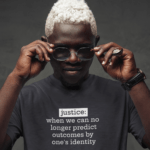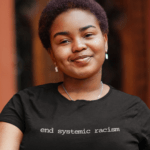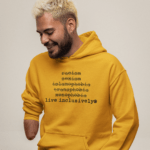Editor’s Note: Wicked has taken the world by storm since its release, already winning several awards. It’s not just the music that keeps viewers coming back for more – the story is relatable and compelling to many, and it includes lessons for the current moment in diversity and inclusion. Be aware if you haven’t seen the film that this post contains spoilers!
In Wicked, Elphaba’s journey embodies what it feels like to be marginalized and misunderstood. Despite her talent and good intentions, she’s cast as the villain due to societal bias and a lack of understanding—mirroring how marginalized individuals can feel excluded or judged in real life. Glinda, on the other hand, initially represents a form of performative allyship. She appears supportive on the surface, but avoids truly challenging the status quo or standing up for Elphaba in meaningful ways. This dynamic parallels the shallow efforts of false allyship–where people or organizations claim to support inclusion but fail to take bold, systemic actions to disrupt inequity.
Being an authentic ally, as seen through Elphaba’s eventual defiance and Glinda’s later transformation, requires boldness and risk. It means standing alongside the marginalized, challenging oppressive systems, and making space for outsiders to be seen and valued. True allyship, like the themes explored in Wicked, demands courage, self-reflection, and the willingness to use one’s privilege to create real change.
In the scene when Nessarose, Elphaba’s sister who uses a wheelchair, first arrives at the school, there is tension between providing access and respecting autonomy. Like many individuals with disabilities, Nessarose expresses her frustration at being pushed around without her consent, emphasizing that she is capable of navigating the world on her own terms. This moment reminds us that true inclusion goes beyond making space—it requires listening to and honoring the preferences, dignity, and independence of individuals with disabilities.
The scene where Nessarose is given a false invitation to the party is a poignant moment highlighting ableism and the importance of genuine inclusion. While the act starts as a cruel joke, it takes a more complex turn when Nessarose is included in the dancing, showing how greater access can be created when people are intentional. This scene provides a call to create environments where accessibility and autonomy coexist, ensuring that everyone can participate fully in ways that respect their dignity and capabilities.
In Wicked, the Wizard of Oz is a striking metaphor for the illusion of power and how it can be weaponized to exploit others—in this case, Elphaba. The Wizard lacks true power but manipulates those around him, using Elphaba’s talents and vulnerability for his own agenda. This dynamic reflects the experiences of many people of color in corporate America, where systemic inequities often allow for the exploitation of talent while denying real influence or recognition.
Elphaba, though gifted and capable, is marginalized and scapegoated when she challenges the Wizard’s deceitful practices. Similarly, in corporate spaces, people of color are often brought in to perform roles that showcase diversity on the surface but are excluded from true decision-making or leadership. Their expertise may be leveraged to drive initiatives or solve problems, yet they may not receive credit or equitable opportunities for advancement.
The Wizard’s reliance on illusion to maintain control mirrors how performative actions—like superficial DEI statements—can mask the absence of genuine commitment to equity. Meanwhile, Elphaba’s story underscores the emotional toll of being used and ostracized, highlighting the resilience required to navigate these environments.
Wicked offers a powerful lens to examine how corporate structures must move beyond tokenism and symbolic gestures. True inclusion involves dismantling systems of exploitation and creating spaces where all voices, especially those historically marginalized, are heard and valued authentically.
